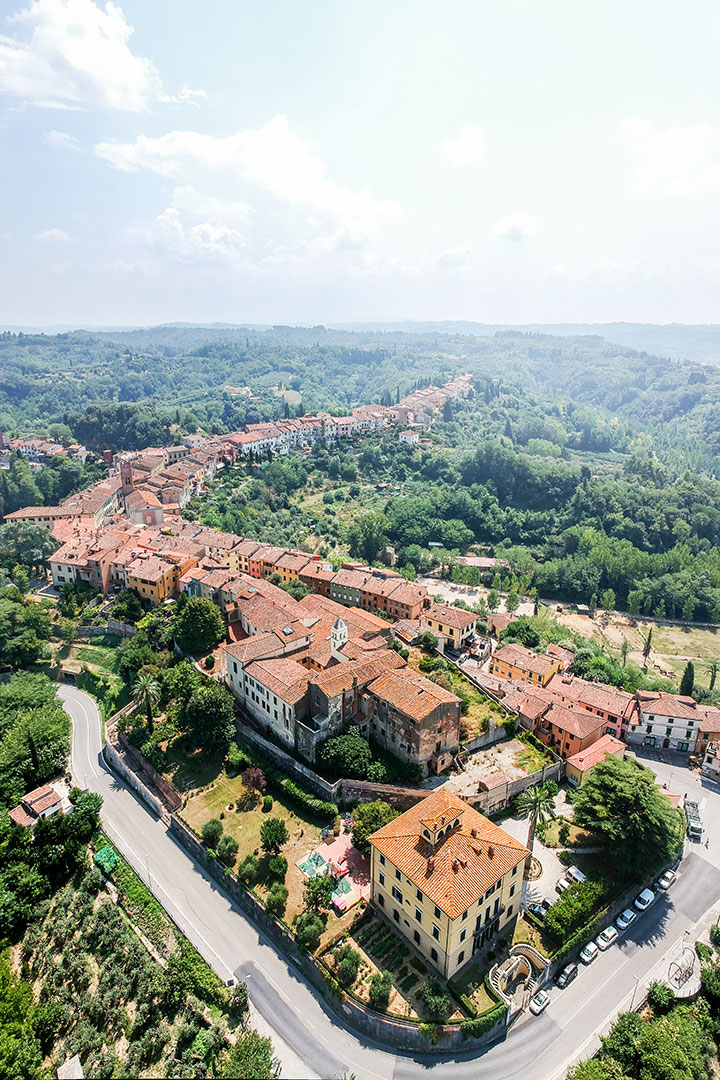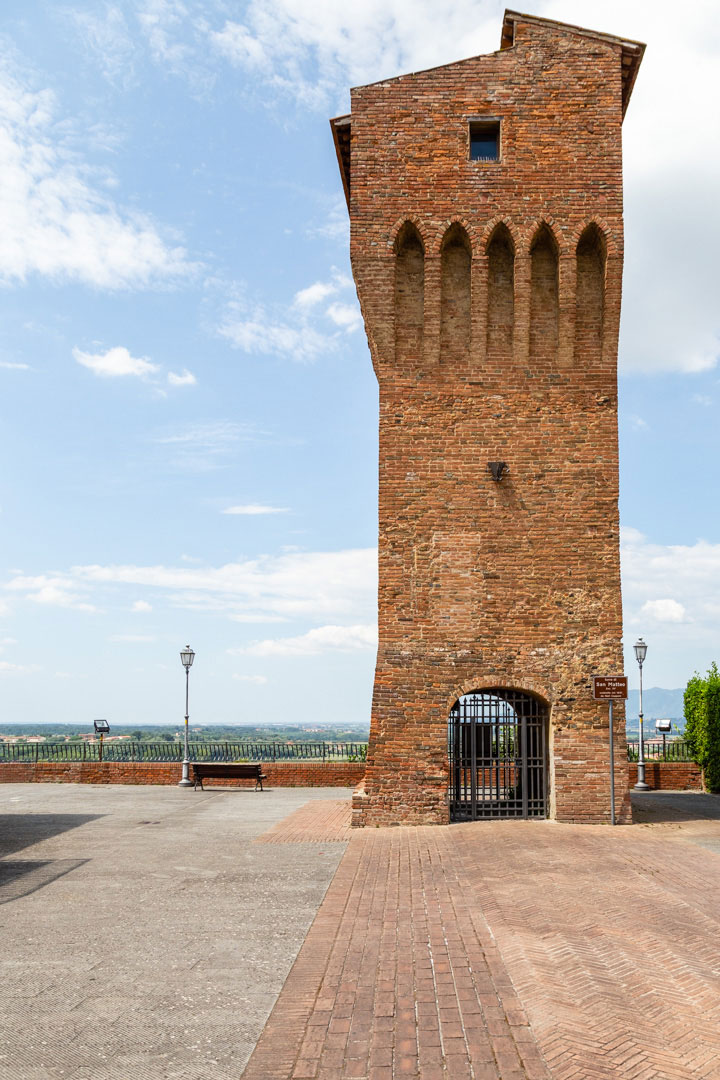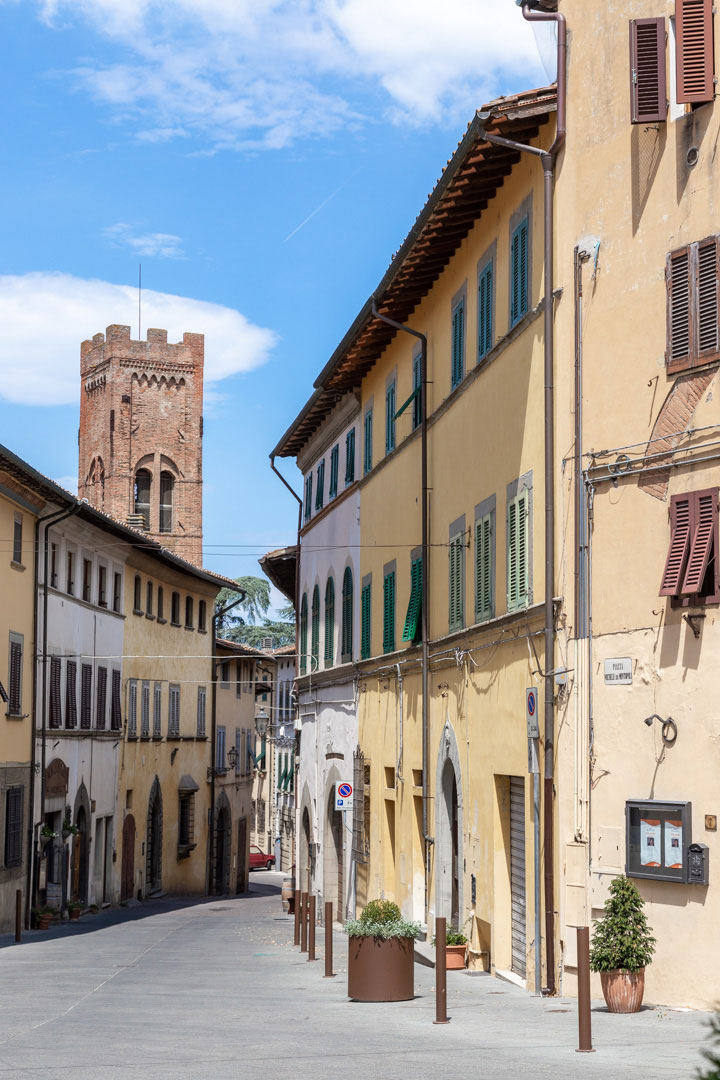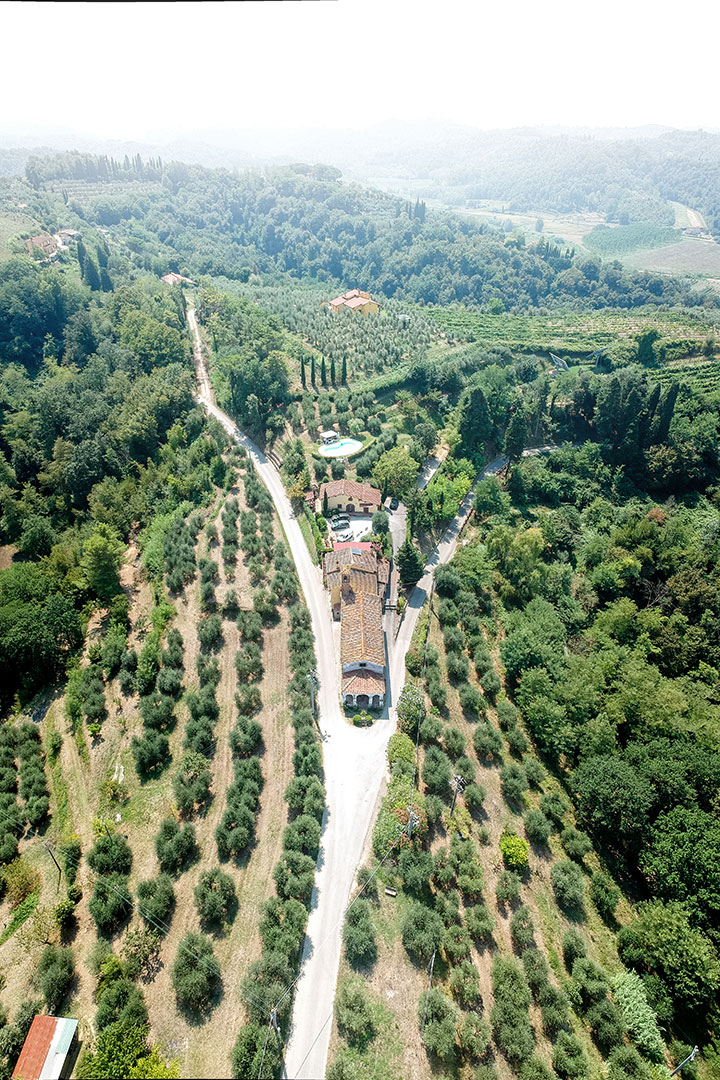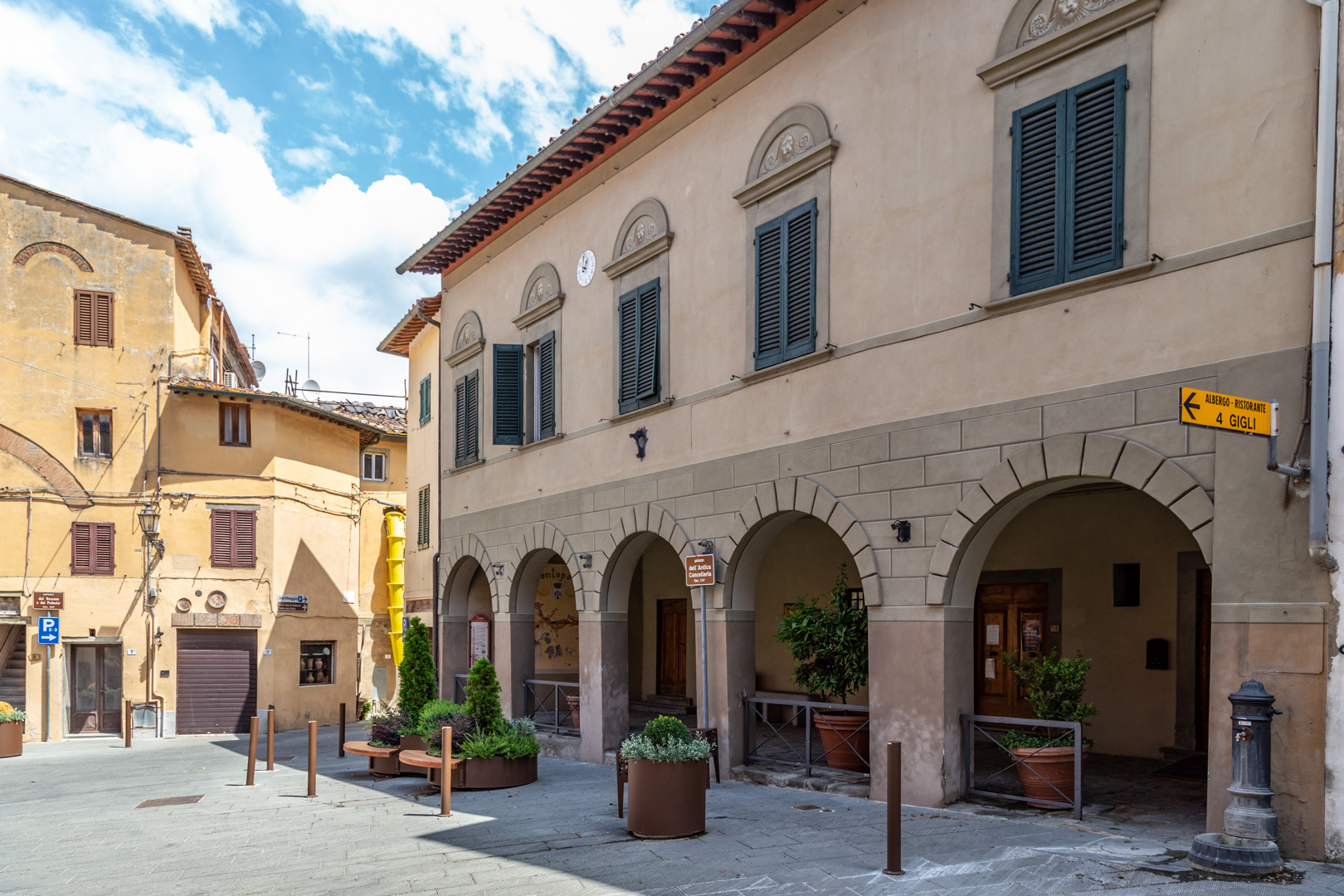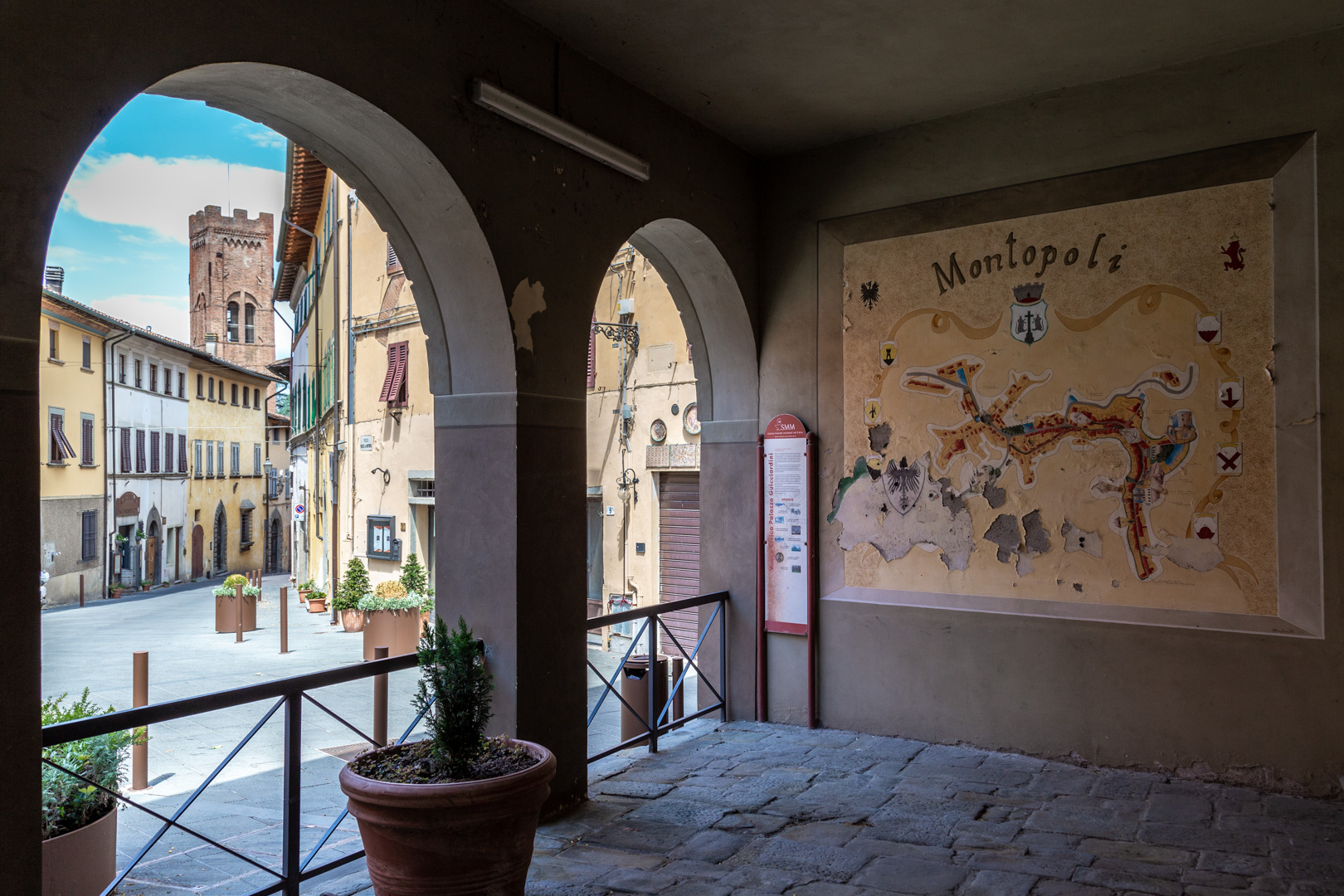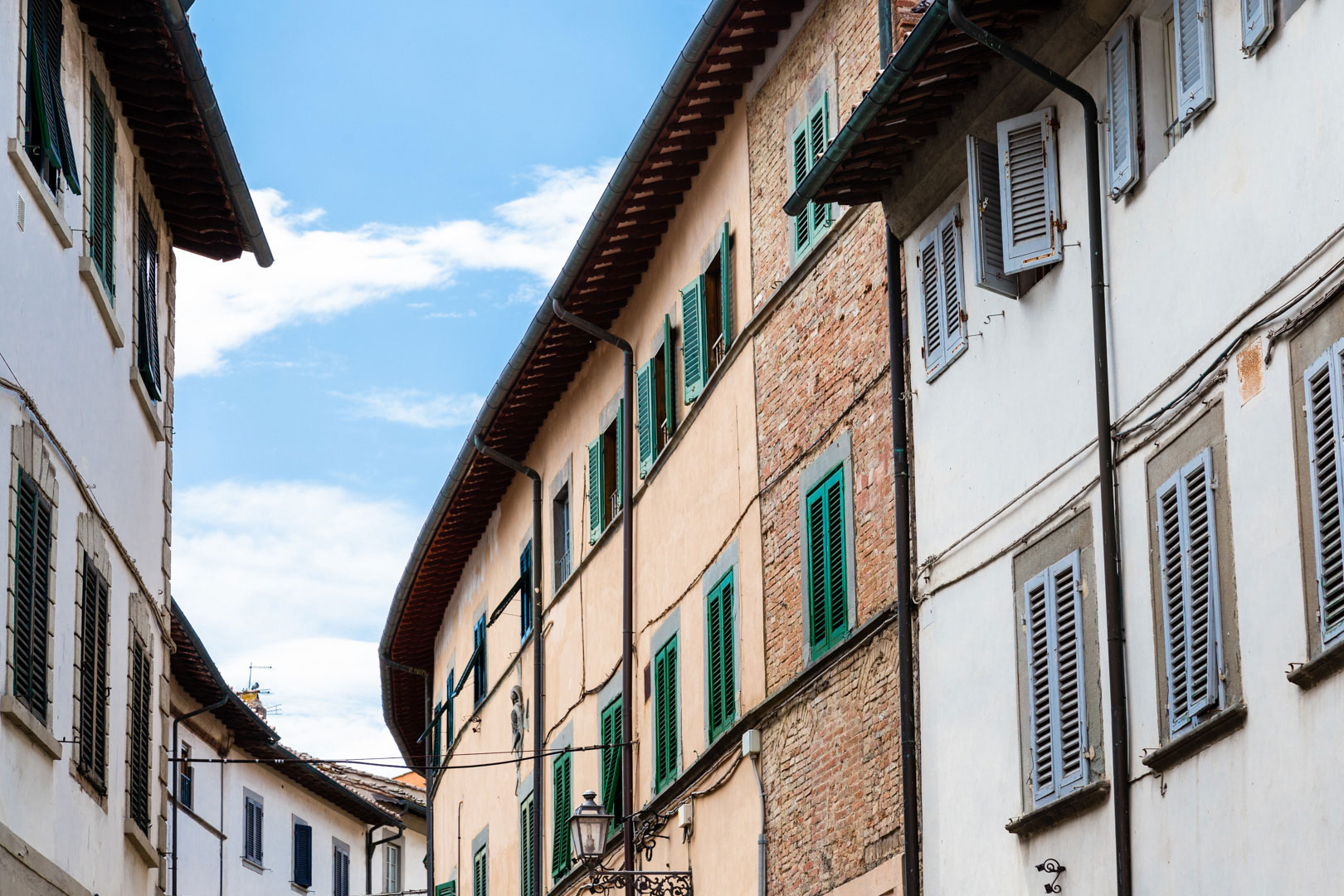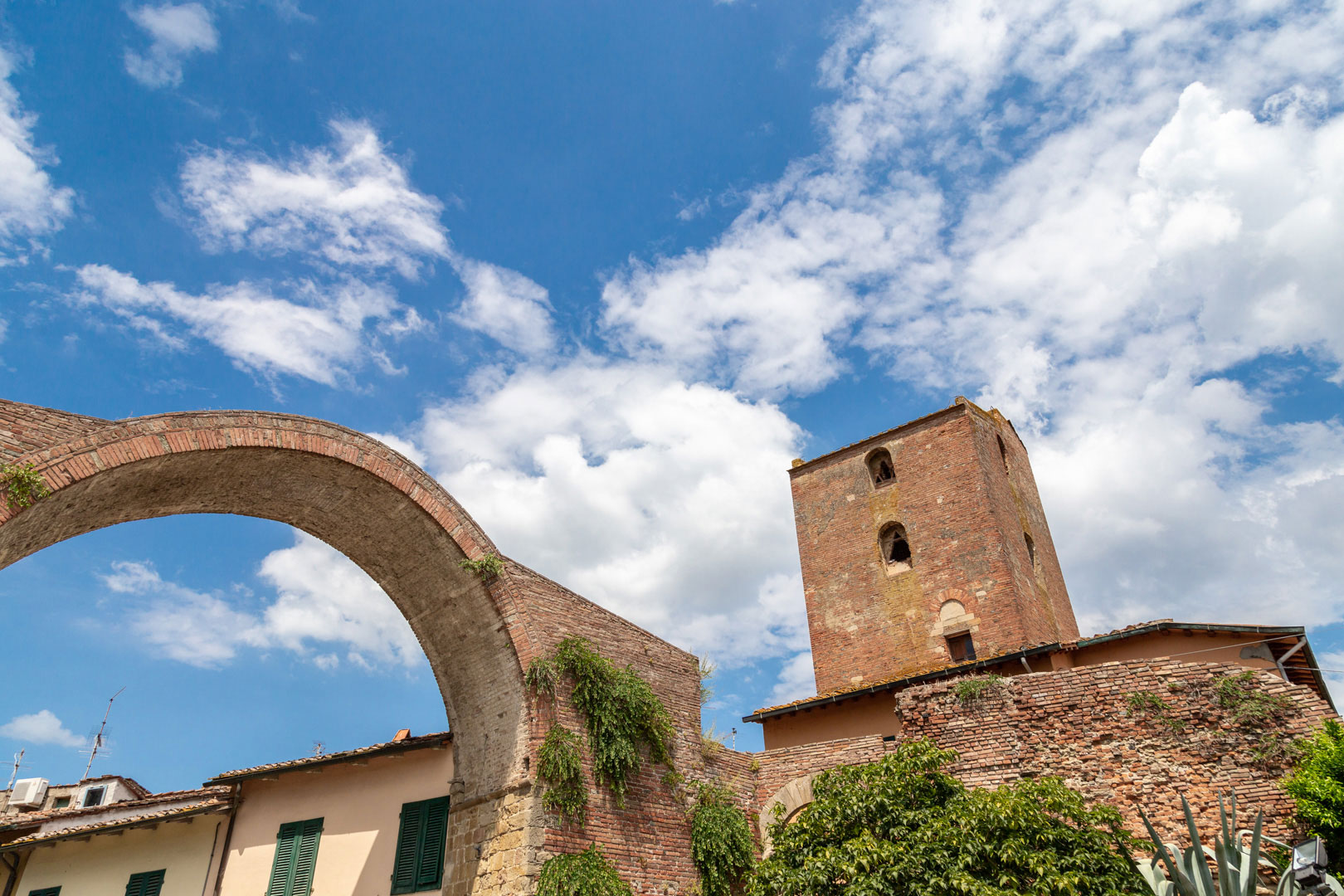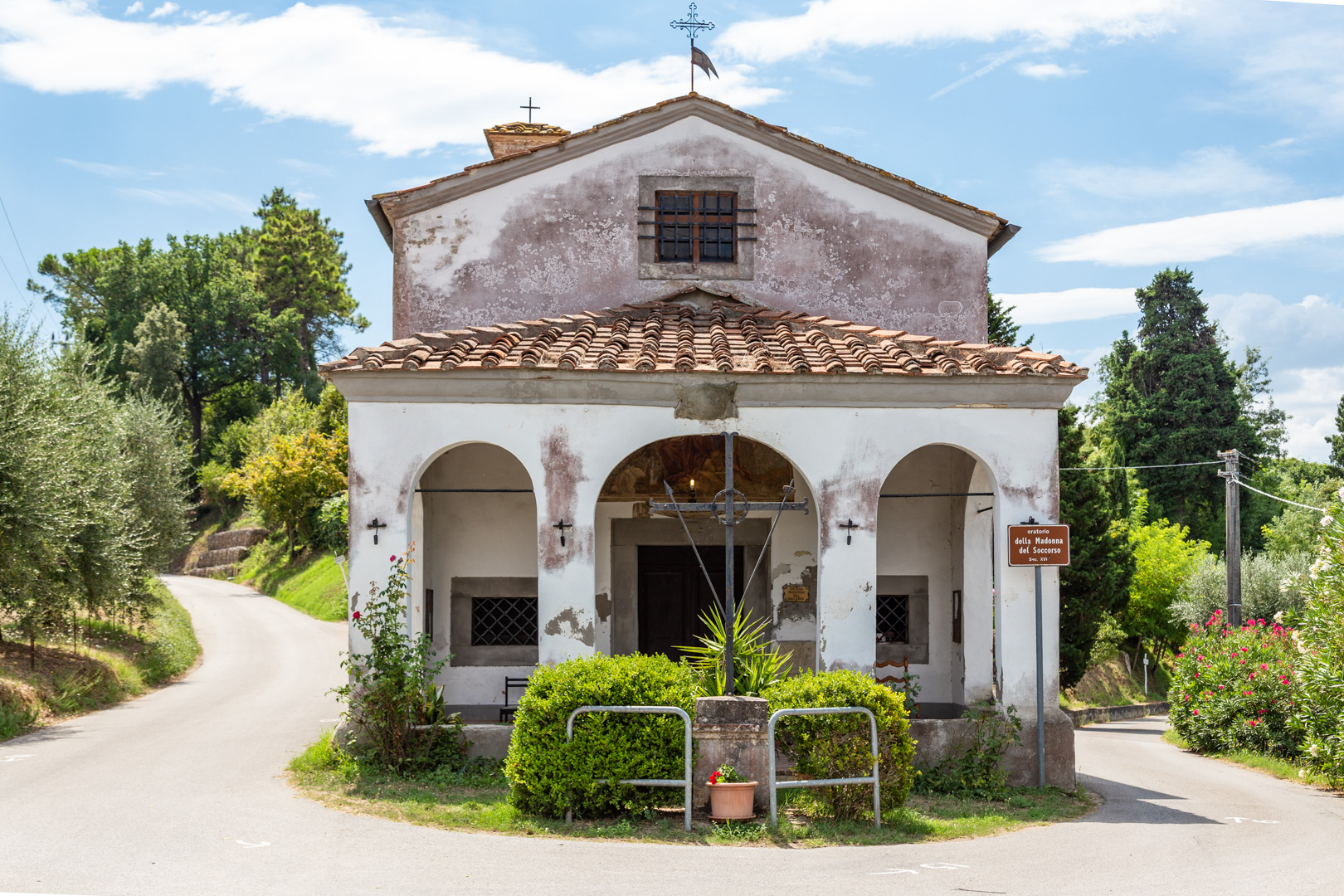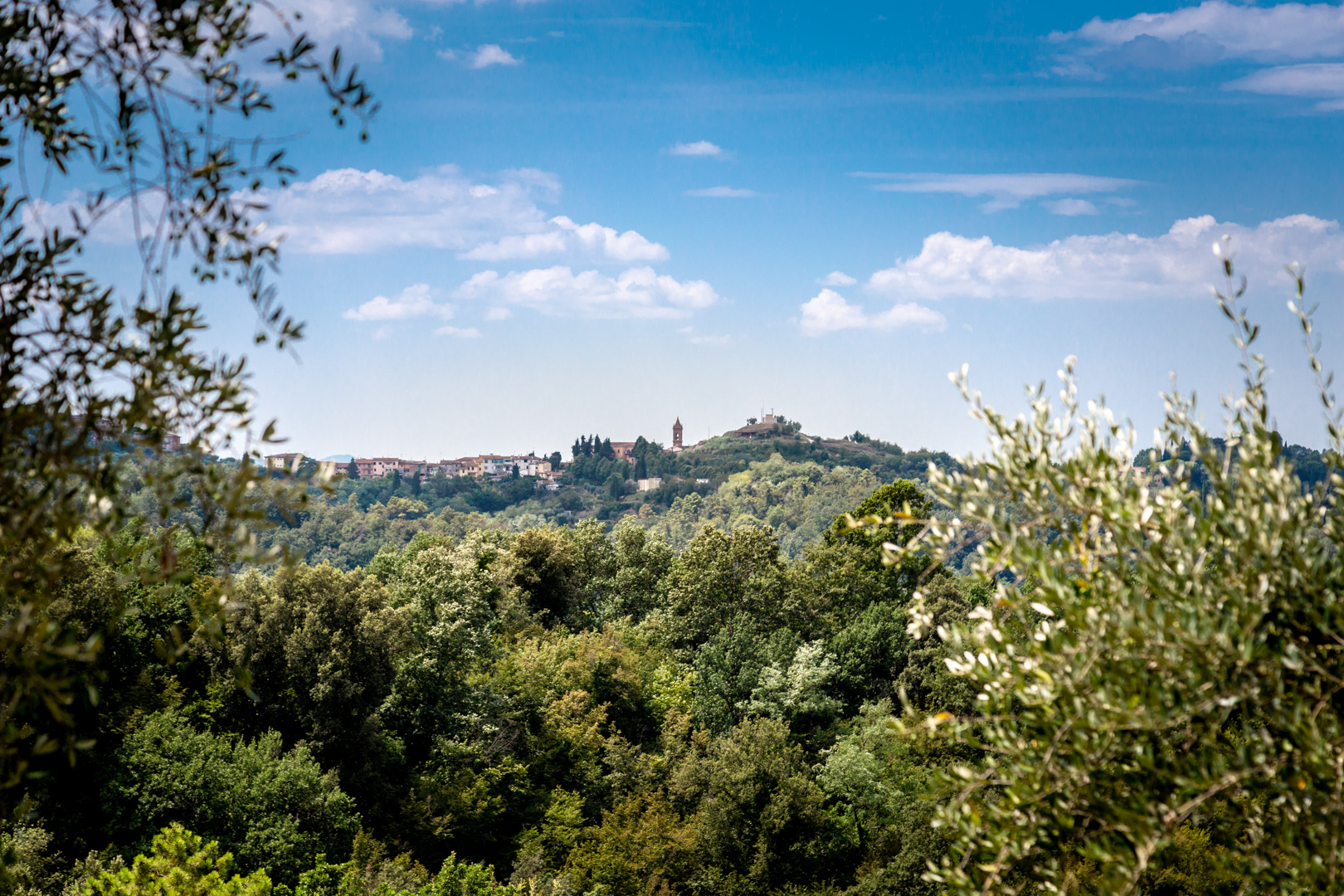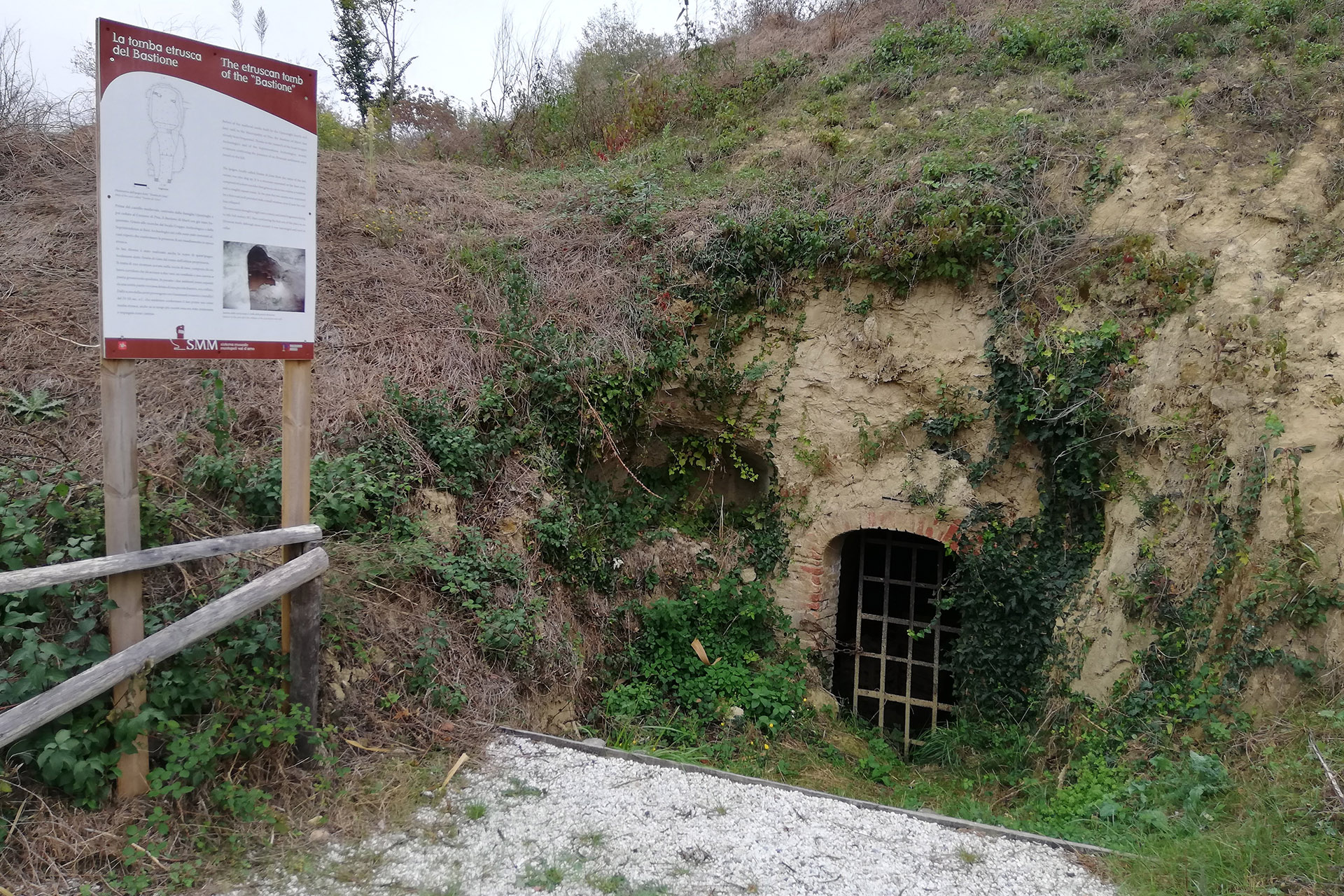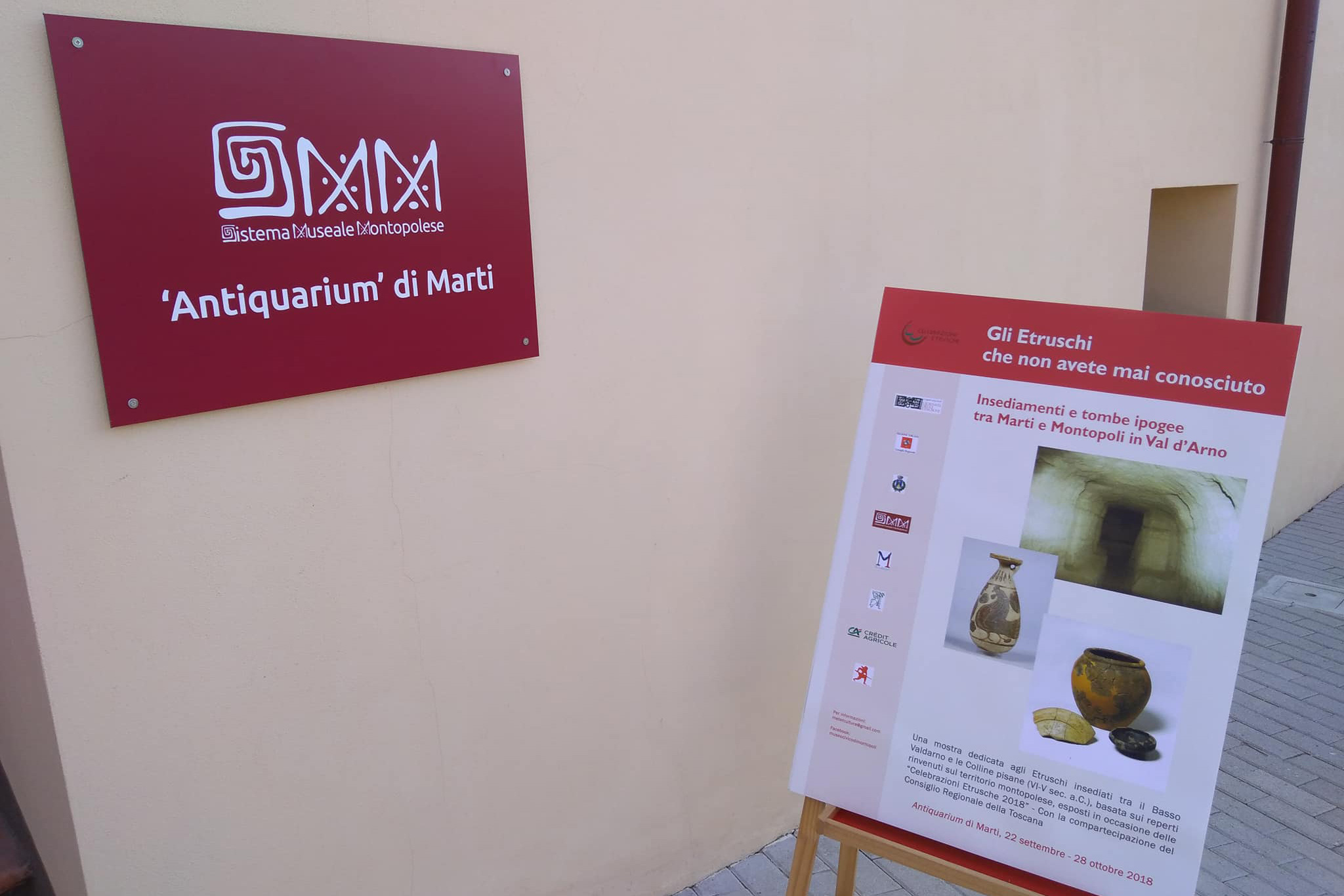Storia
Il castello di Montopoli conservò grande importanza strategica per quasi tutta l’epoca medioevale. Restò sotto la giurisdizione del vescovo di Lucca fino al 1162, quando fu assegnato dall’imperatore Federico di Svevia alla fedele Pisa ghibellina. Lucca, nemica atavica di Pisa, non accettò lo smacco e si alleò con Firenze, astro nascente della politica toscana. Montopoli si trovò quindi al centro di ripetute e aspre contese tra Pisa e Firenze; Nel 1222 l’esercito fiorentino affrontò quello pisano a Castel del Bosco e lo sconfisse pesantemente, lasciando molti morti sul campo e facendo 1200 prigionieri. Fu imposta a Pisa la restituzione del castello al vescovo lucchese, ma i pisani quindici anni più tardi lo riconquistarono. Ciò determinò un nuovo intervento dell’esercito fiorentino, che nella battaglia di Pontedera inflisse ai pisani una nuova, dura sconfitta nel 1259. Nel 1274 Giovanni Visconti, giudice di Gallura, potente cittadino guelfo pisano, dopo essersi alleato con fiorentini e lucchesi, pose l’assedio a Montopoli costringendo gli abitanti a venire a patti con lui e diventando il signore del Castello. Questa alternanza fra la dominazione Pisana e Fiorentina durò fino al 1349, quando Montopoli si sottomise volontariamente a Firenze, che ne fece sede di un proprio vicariato e di una guarnigione stabile, che si oppose vittoriosamente a nuovi tentativi di conquista, fra cui l’assalto di Castruccio Castracani nel 1328 e la battaglia di San Romano del 1432.
Dopo il 1492 Montopoli è coinvolta nelle alterne vicende della discesa in Italia dei francesi di Carlo VIII, della Repubblica fiorentina, della restaurazione dei Medici. Il principale filo conduttore per la storia del castello in questo periodo continua ad essere il coinvolgimento nella zuffa mai domata fra Firenze e Pisa, che si traduceva anche in colpi di mano ricorrenti, inferti e ricevuti nel circondario più prossimo. Dopo le invasioni spagnole in Italia nel 500, Montopoli si trovò ad affrontare nuove e tremende lotte contro le spaventose epidemie di peste che facevano strage della popolazione riducendola fino a un terzo di quella preesistente. Un succedersi di carestie e pestilenze turbò gravemente il castello anche nel ‘600. Dal 1622 Montopoli passò sotto la nuova Diocesi di San Miniato.
LA CITTA’
Sistema museale di Montopoli in Val d’Arno
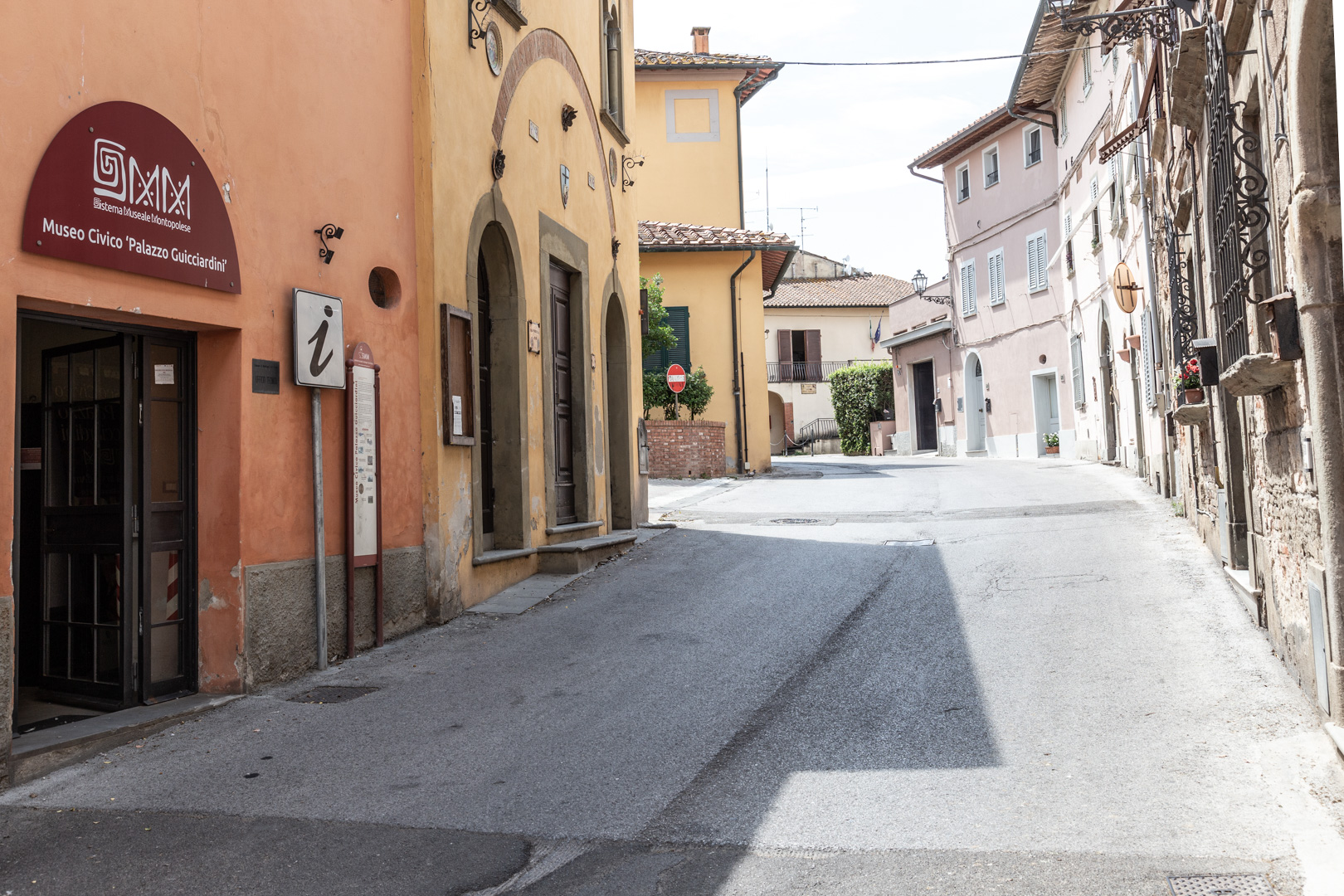
Museo Civico “Palazzo Guicciardini”
Realizzato nel “Palazzo Guicciardini”, situato nel centro storico di Montopoli in Val d´Arno, il Museo Civico è stato allestito nella primavera del 2003. L´obiettivo, fino dalla sua costituzione, è stato quello di raccogliere le testimonianze archeologiche, storiche, artistiche e naturalistiche di quest´area della Provincia di Pisa…
Sistema museale di Montopoli in Val d’Arno

Museo Civico “Palazzo Guicciardini”
Realizzato nel “Palazzo Guicciardini”, situato nel centro storico di Montopoli in Val d´Arno, il Museo Civico è stato allestito nella primavera del 2003. L´obiettivo, fino dalla sua costituzione, è stato quello di raccogliere le testimonianze archeologiche, storiche, artistiche e naturalistiche di quest´area della Provincia di Pisa…
Info
Comune Montopoli in Val d’Arno
Via Guicciardini, 61
56020 Montopoli in Val d’Arno
E-mail: info@comune.montopoli.pi.it
Centralino 0571 449811


